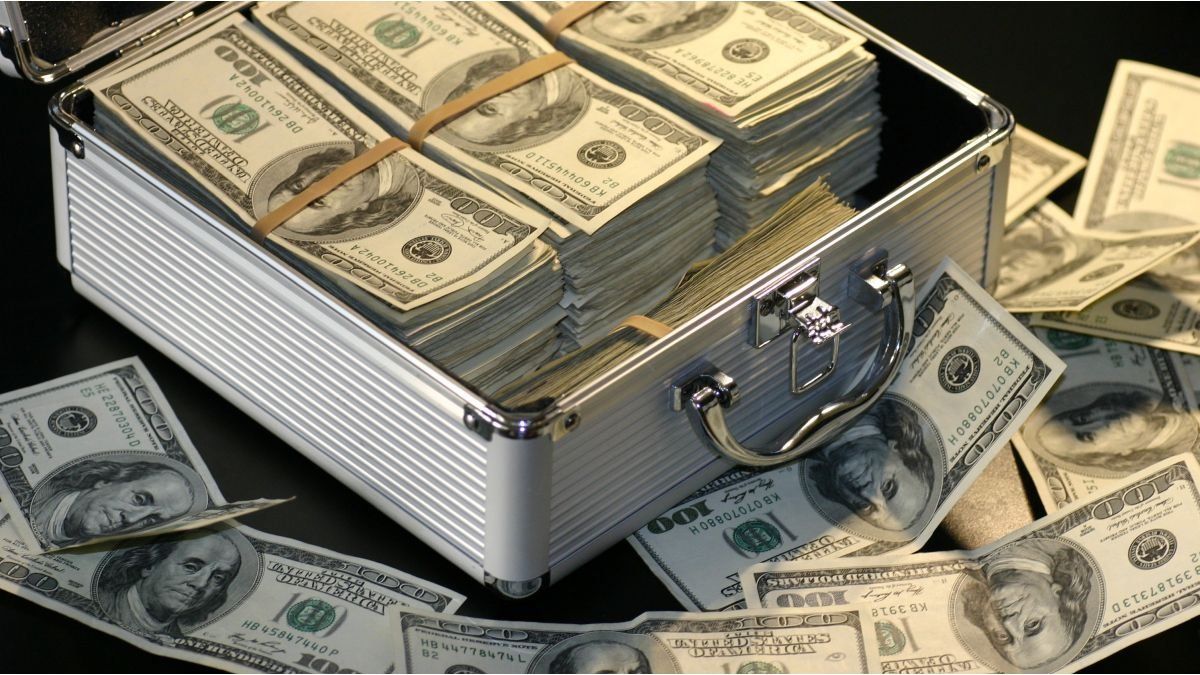Financial prowess is a double-edged sword, inadequately executed by Prat Gay-Caputo, he took macroeconomics. They did not fight interest rates, they did not look at costs; They just asked and asked. Then came the restriction of external credit that left them without resources and led to an accelerated return to the IMF, because they did not know more than to ask for money without fighting the cost or matching deadlines. Remember that Guzmán, on the same debt, obtained a reduction of US$ 37,000 million two years later, with more appropriate terms.
We said in a column on ambito.com that if it was up to william nielsen advise-not execute-, had experience in this recursive loop, repetitive and self referential. But why didn’t they put Nielsen to execute? -Because instead of wearing the flap raised and a cap so that the bondholders would not recognize him, he would have to wear a steel helmet with the disaster that Macri had left. At that moment his name came up and generated questions and concerns that came to us from New York. No one knew better than Nielsen that an official who obtained a 65% discount – disputed by Néstor Kirchner – could not return. After the success-success that it was for us, the Argentines who love our country-, for the Nielsen banks in 2005 it had become a “gravedigger of creditors”.
Periodizing, the Macri years
(2016) The joy revolutionfrom speculators, from the famous Lebac-dollar bicycle, calm rain of dollar loans, huge profits from Lebac holders, violent drop in GDP, inflation shot up to almost double.
(2017) technical bouncelebac-dollar bicycle, skyrocketing twin deficits pro election party midtermaccumulation of external and internal indebtedness.
(First semester 2018) the party is over, the most financially cultivated guests fled with the Lebac dollar spread. One of the most excessive financial assemblies that can be remembered -by volume and speed- in the history of international markets. currency collapse.
(Second semester of 2018) Macri’s collapse and the advent of the IMF technocracy. Caputo continued now giving away dollars, now with the Lebac/Leliq-dollar Bicycle. Recession with inflation (stagflation) and runaway reserve losses.
Syndrome of the absent president, first delegating finances to Prat Gay-Caputo (whom he had to fire), converging in the end with the economic and political leadership of Lagarde and Donald Trump, then to Sandleris, a rookie who worked for the banks.
It was clear. were needed executive, academic and transdisciplinary. There was an abundance of incompetents (Quintana-Lopetegui-Aranguren-Cabrera-Etchevehere-Dietrich) and precarious economists (Sturzenegger, Sandleris, Prat Gay, Caputo). All of them marked the need for an end to the era.
Basic unit economists leak financially and technocratic economists give little relevance to institutional and political issues or; they take advantage of circumstances in collusion with unspeakable interests.
At first, the Macri government overreacted the supposed successes of leaving the stocks and the agreement with the vulture funds. In 2018 he underestimated the negative social impact of the turnaround.
Consequently, the reckless financewhich is not the same as profitable finances, generated a false and reckless diagnosis, and a “trial and error” system, always causing error. The administration Macri dismantled the best legacy: “the deleveraging”. In 4 quarters the twin imbalances came to exceed 11% of GDP. In the first month of 2018, the country risk amplified, and financing was stopped.
Faced with the incision of credit, the threat to the exchange rate and reserves-with stagflation-the government was about to go from deleveraging to default in just 30 months. No country of the level and conditions of Argentina asks the IMF for help. We fell back into the technocracy of the IMF, the Macrista economists claimed economic rationality, but it was because it gave them shame the impotence of not being able to pay. They should have renegotiated the private debt and never go to the IMF.
Despite the magnitude of the IMF aid, it did not work. The country risk never dropped, we did not return to the markets either, and doubts about the 2019 program increased. Between luck and presidential ingenuity, the country risk escalated, the exchange rate advanced, and rates soared.
Inflation ran rampant. Faced with the emergency in October, the “IMF II agreement” was used, and a strict procedure was put in place to eliminate the spectrum of default 2019. It was only necessary to ruffle the dollar-price loop by taking advantage of the support of the IMF. But they didn’t score.
Never before had such a commitment from the IMF to an Argentine government been seen. The loan was extended to US$57 billion and disbursements were accelerated to US$40 billion.
The Government overlapped “zero primary fiscal deficit” in 2019, a surplus of 1% of GDP in 2020 and a “zero emission” monetary policy until June 2019, with a minimum of Net International Reserves and free floating exchange rate. However, once again it was not enough, the IMF gave way to a system of exchange bands, incredibly another help to help a crisis that seemed explosive.
The idea was to lower the country risk by eliminating the risk of default 2019, embed high interest rates and a high real exchange rate, they believed that this would appease the demand for dollars. But not. It didn’t happen either. The result was the loss of credibility of the BCRA, which made 5 policy changes in less than 7 months..
According to the mandatory hegemonic bibliography, the scarcity of pesos, positive interest rates, and a stable exchange rate, contribute to the deceleration of the inflation rate, and arrest of inflationary expectations. But the country risk rose again. The demand for dollars returned, and the supply fell. The exchange rate soared, the government panicked, and irascibly increased monetary contraction.
Inflation accelerated, exceeding 8% in (March-April 2019). Activity collapsed in the last quarters of 2018 at an annualized rate of 8.5%, and plummeted again in March and April 2019. The flight of investors, the rebound in country risk, and the skyrocketing dollar before and after could not be attributed to the Fernández-Fernández formula.
Faced with accelerating inflation and the collapse of activity, the government announced price controls. The BCRA announced that it could sell dollars if the exchange rate drilled down to $51.45. In a few weeks, Argentina went from a floating exchange rate to a semi-fixed exchange rate. The effects of a BCRA that would sell dollars, a monetary base that would collapse by around 50% in real terms, would result in destruction of bank credit and an extravagant recession.
Placing explosive mines failed to restore confidence
Social discontent increased, the memory of 12 different years grew, in terms of the quality of life of citizens. The abilities of the administration and the IMF to generate nervousness were surprising. The “IMF II program” was another failurewhich fueled the concern of executives who saw their companies weaken with losses of magnitude and a drop in their capitalization in dollars. wealth was being destroyed at a speed rarely seen in Argentine economic history.
Executive Director of Fundación Esperanza, Graduate Professor UBA and Masters in private universities. Master in International Economic Policy, Doctor in Political Science, author of 6 books.
Source: Ambito
David William is a talented author who has made a name for himself in the world of writing. He is a professional author who writes on a wide range of topics, from general interest to opinion news. David is currently working as a writer at 24 hours worlds where he brings his unique perspective and in-depth research to his articles, making them both informative and engaging.




